

We specialize in quantitative single-molecule biophysics and mechanobiology, with a focus on developing cutting-edge methods to visualize and manipulate molecular forces in living cells. Our work includes creating innovative mechanosensitive DNA nanostructures to precisely control cellular motility and mechanosensitivity, as well as advancing high-throughput biophysical assays for drug screening and diagnostics. We are currently focusing on the following 3 areas:
We design novel DNA architectures to enable a new generation of molecular force probes, artificial adhesion molecules, and force responsible molecular machines.
We use DNA as programmable biomaterials with well defined folding and nanomechanical behaviour. We also explore novel DNA topological structures and using them as building blocks to create more complex and novel functional properties. All of our DNA structures are made in lab and tested by single-molecule force spectroscopy and fluorescence.
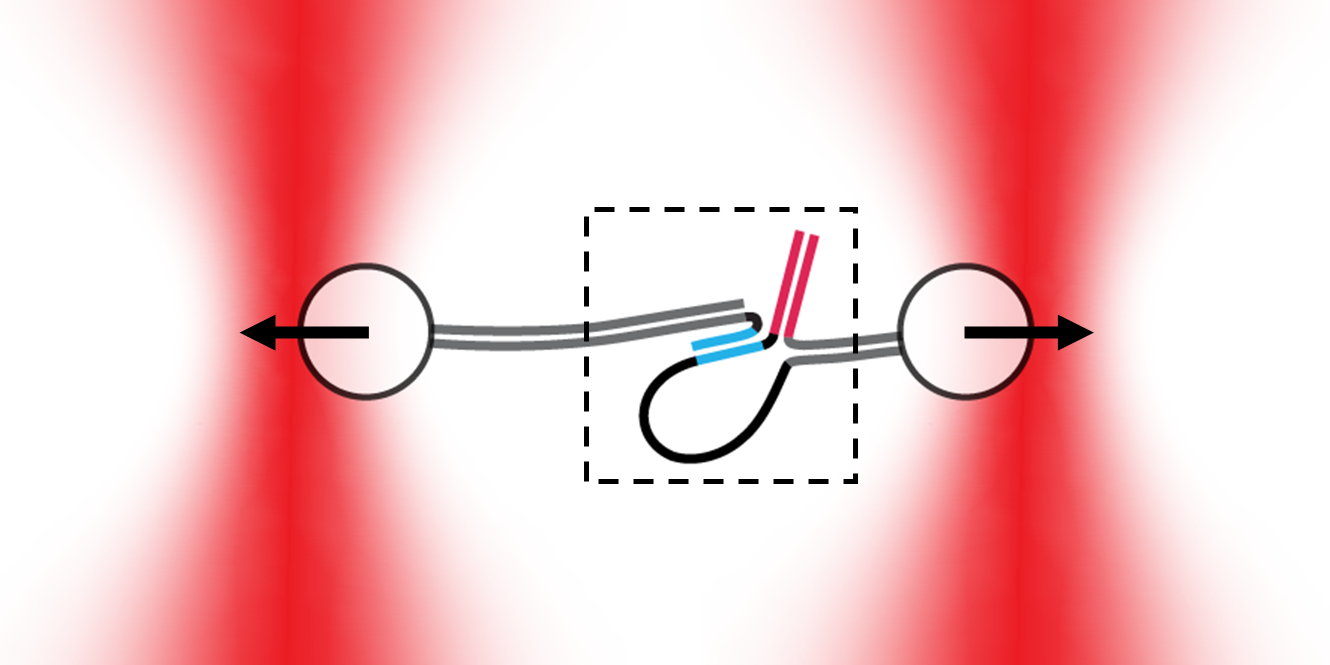
We develop enabling techinques and tools to understand the mechanical interactions between cells and their environment and each other. Our studies span from single-cell to spheroid models.
We specifically develop quantitative and functional super-resolution techniques using DNA to investigate and visualize mechanical processes in cells. Our investigations aim to correlate molecular to cellular behavior with spatial, temporal and functional resolutions. We are also developing molecular adhesion systems that modulate group behaviour of cells interacting with the environment or each other.

We actively develop massively-parallel single-molecule techniques that combines single-molecule fluorescence and force spectroscopy to understand adhesion interactions, DNA mechanics, and DNA:protein interactions.
These new methods enables us to better understand molecular mechanical processes beyond equilibrium within cells.
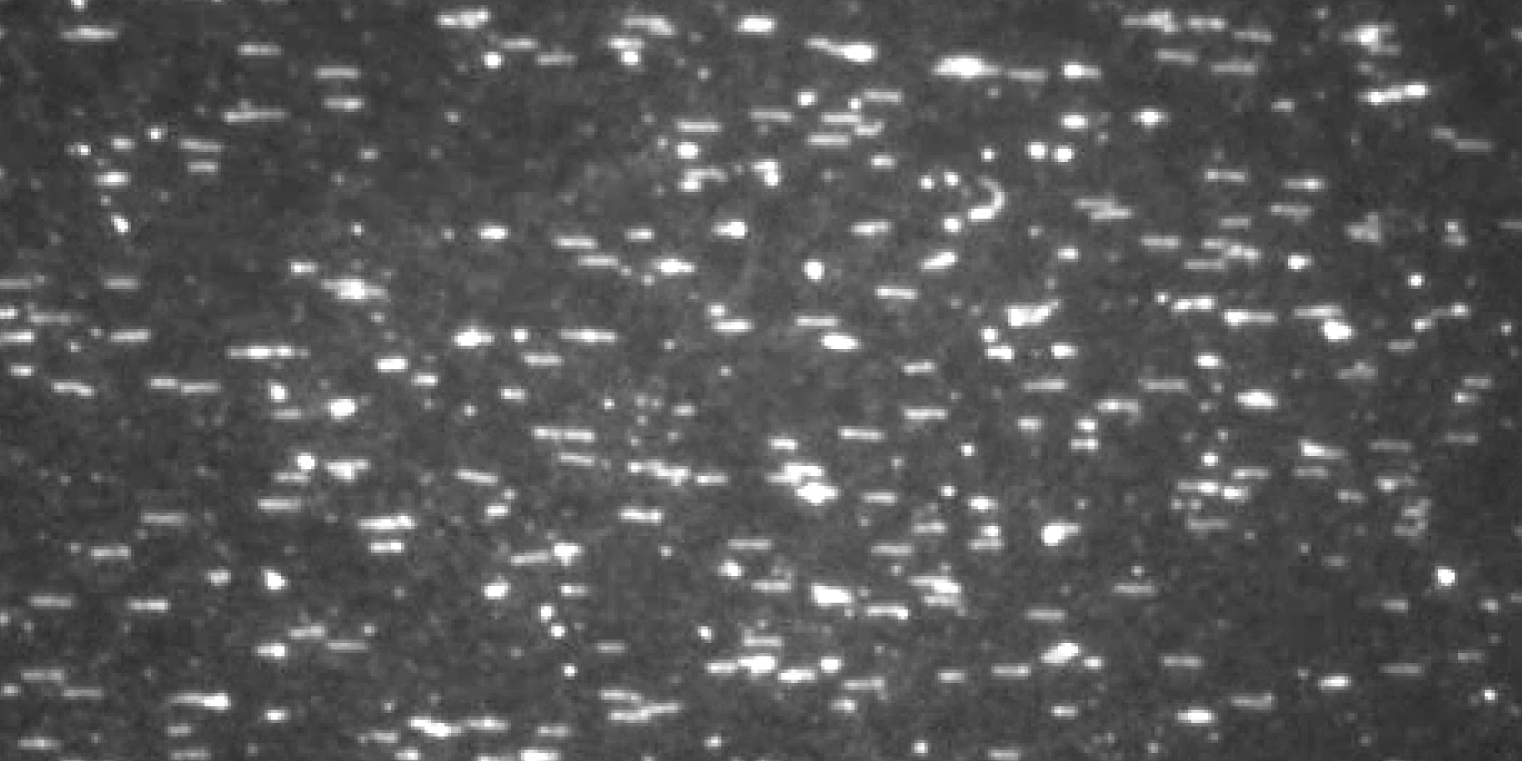
We build instruments from single-molecule fluorescence setups to super-resolution microscopy and optical tweezers and use them for all of our single-moleucle biophysics and mechanobiology investigations.
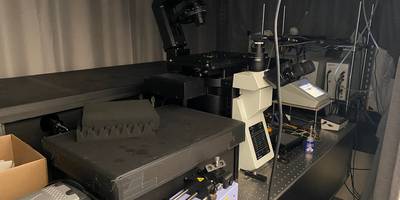
Home-built system with smFRET, super-resolution, DNA PAINT, polarization anisotropy
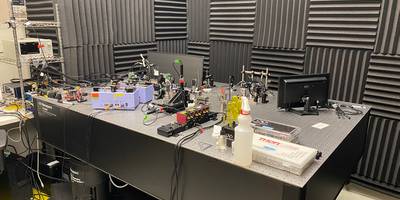
Home-built dual-beam optical tweezer system for studying DNA nanostructures
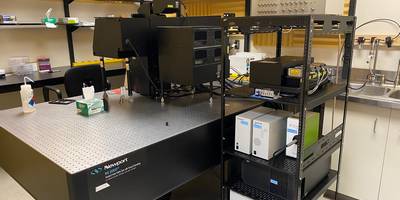
Evidence (Olympus) FV3000 system (405, 488, 514, 561, 640 lines) for live-cell imaging
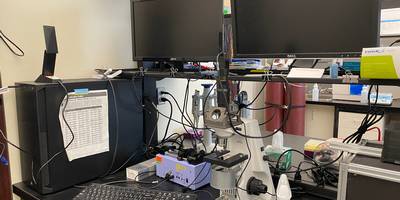
Home-built darkfield microscope with highspeed camera

Hybrid Nanowizard 4XP AFM x home-built TIRF system for super-resolution
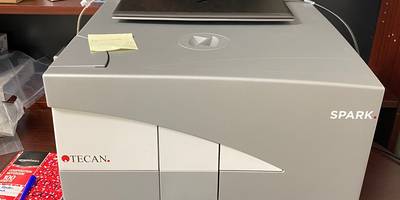
Multifunction plate reader with fluoresence, absorption, etc.
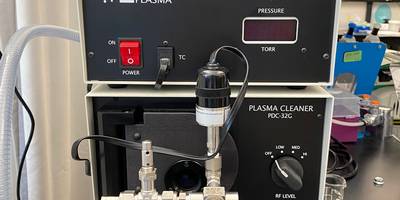
Plasma oven, plasma pipette, and laminar flow hood for various surface treatments
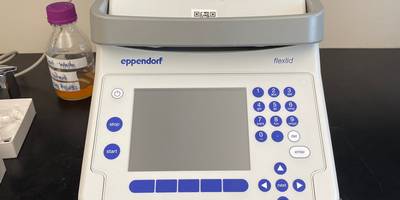
Everything you need for molecular biology and tissue culture

From 3D printers to laser cutter and cricket, we have a whole bunch of gadgets to help make tool in the lab